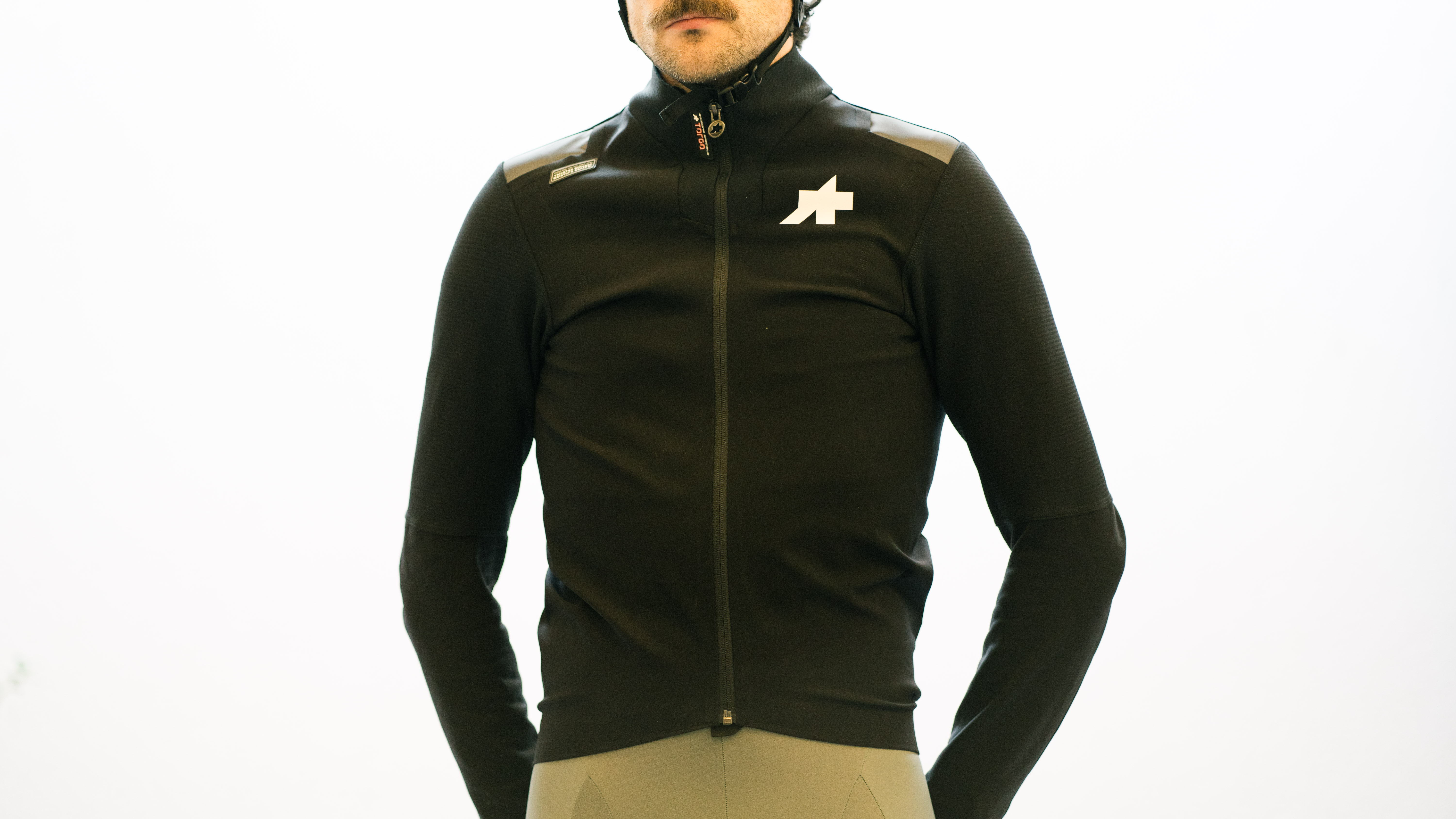
Price: $770 / £635
Sizes: XS-2XL
Temperature range: Below freezing to around 6ºC/42ºF
Pockets: 4
Colours: Black
I’ve been testing the best winter cycling jackets week in and week out this winter, and most of the test cohort were chosen because they fill a certain niche, be that in price, or performance. Some are expensive, like the Assos Equipe R Habu, while some are brilliantly affordable like the Van Rysel Winter Road Cycling Jacket Endurance - catchy name, right?
The similarly wordy Assos Equipe RS Johdah Winter Jacket S9 Targa is neither of those. It has an RRP of £635 / $770. I don’t even think calling it ‘expensive’ covers it in this case: It’s approaching double the cost of the Equipe R Habu jacket, and that was on the expensive side itself.
I fully appreciate that this isn’t a viable purchase option for many (dare I say most) of you, but I also suspect that, like me, you’re at least a little bit curious to find out what happens when you go all in on winter gear. No holds barred, all singing, all dancing, the whole shooting match. Whatever phrase you like, it applies to this jacket, which costs about the same as my monthly rent, or - as was pointed out on a recent ride - more than some pretty decent bikes.
As an aside, it’s quite hard to not appear totally out of touch turning up to a winter weds night hills ride on a Pinarello Dogma, wearing this jacket. A lot of hasty “no I didn’t buy these myself” phrases were deployed.

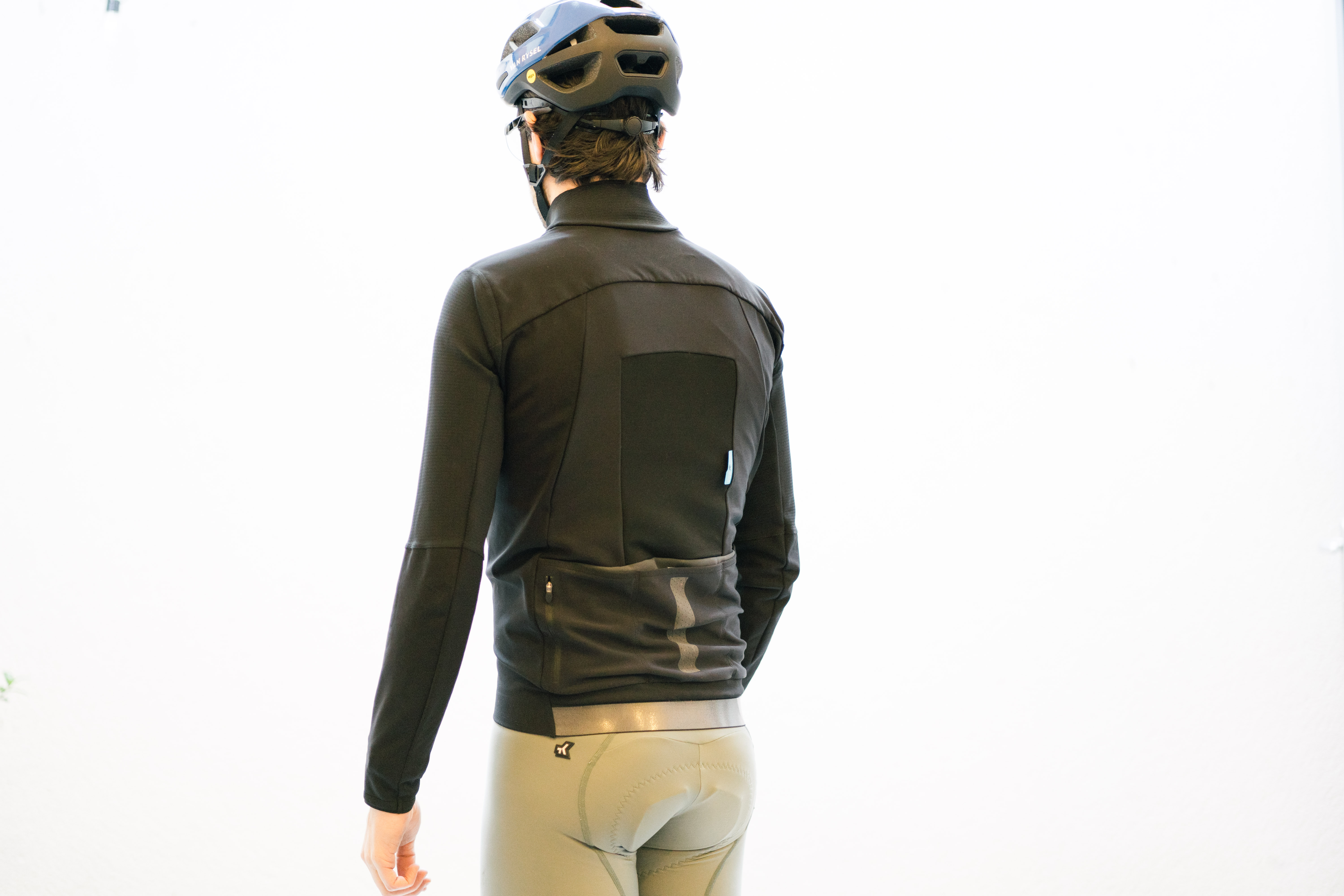
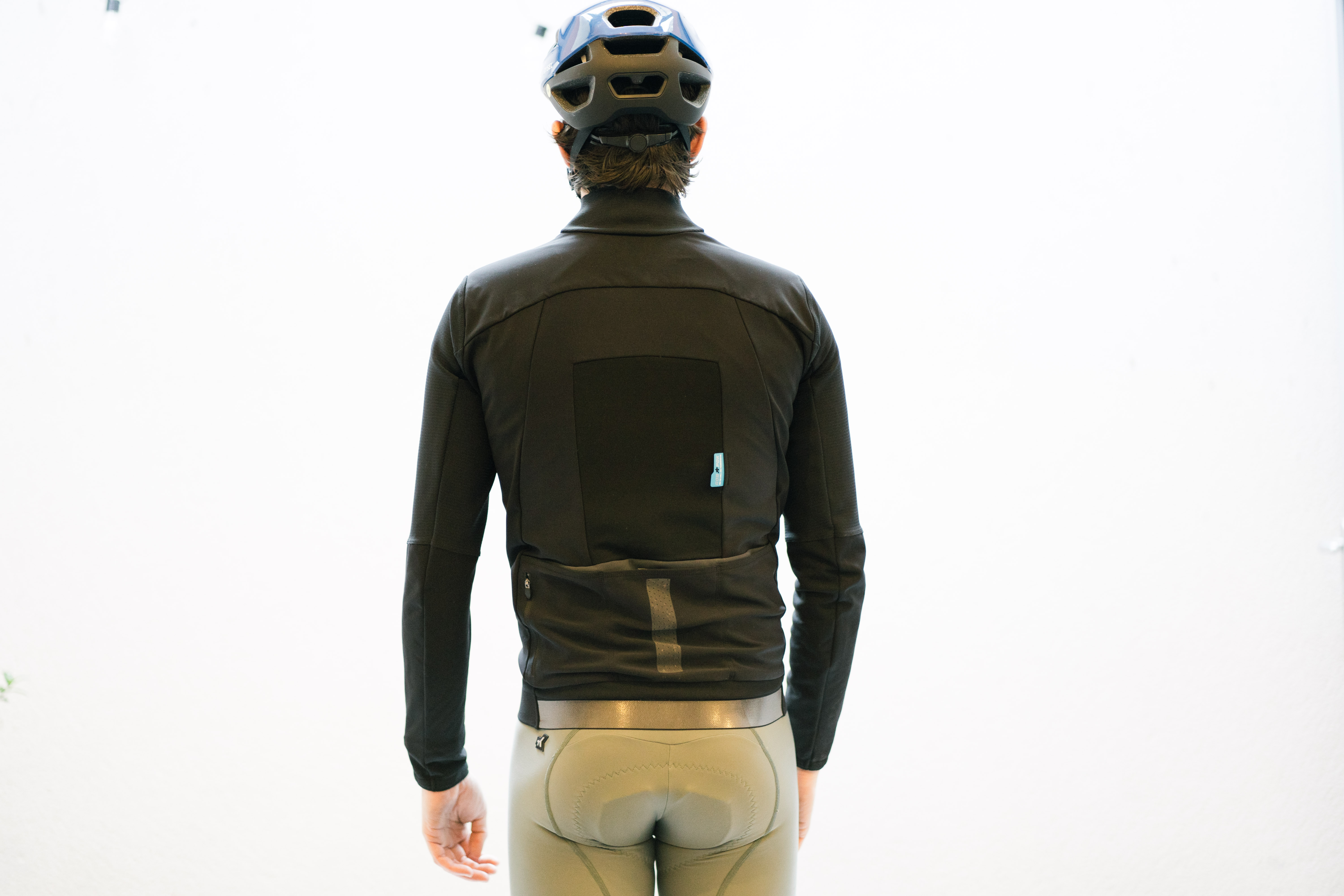
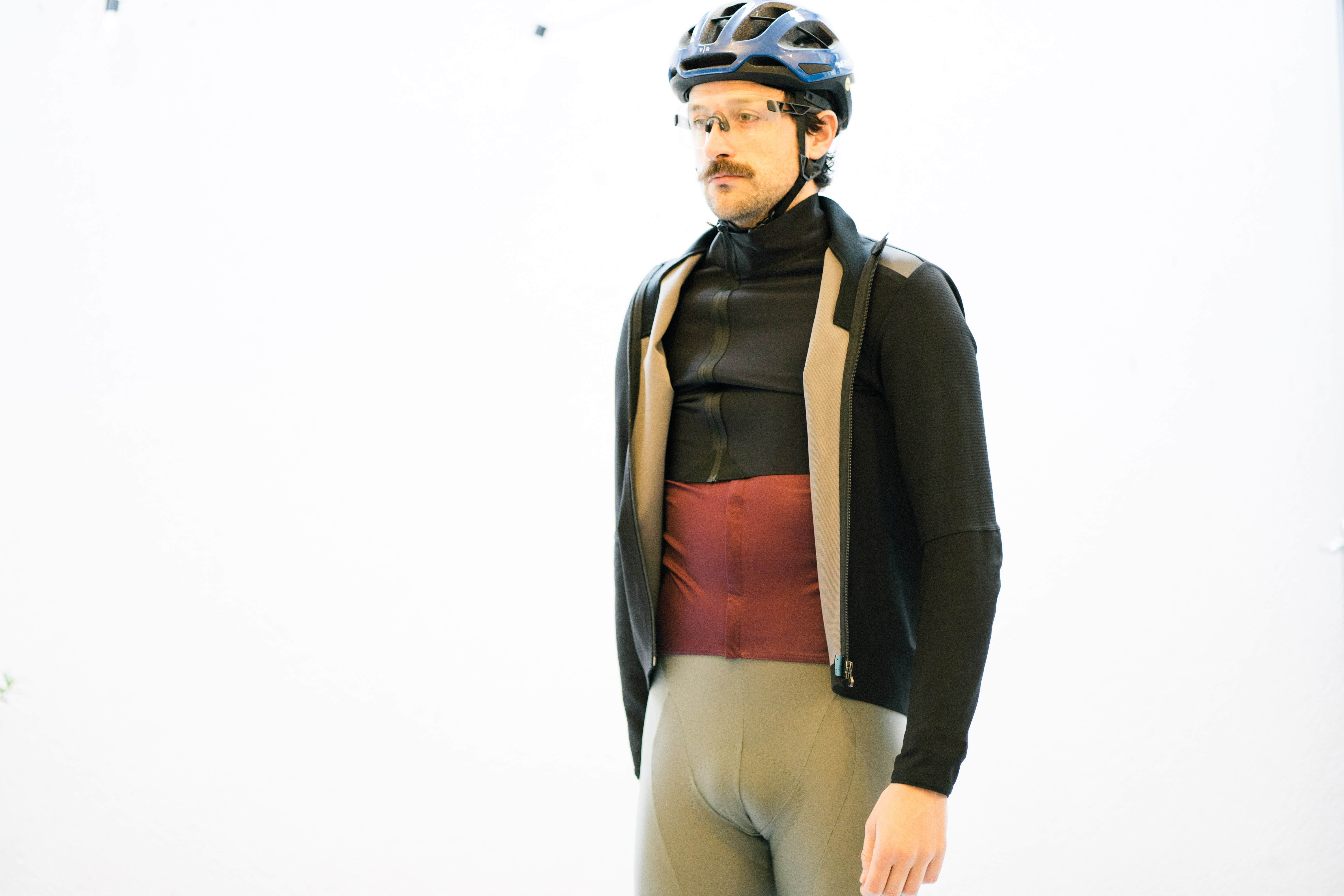
Design and aesthetics
Let’s start with the naming conventions, as the Assos designations are somewhat confusing. The Assos Equipe RS Johdah Winter Jacket S9 Targa can be split into the following: Assos (the brand, which I hope you guessed but if not then maybe grab another coffee), Equipe (the racing line of clothing, separate from Mille which is the endurance range), RS (the most high performance of the Equipe line, one above ‘R’), Johdah (the model name) Winter Jacket (it’s a winter jacket), S9 (this is akin to the edition, so an S9 garment is older than an S11), and finally Targa (the final, most dialled iteration of a garment before it gets superseded by a totally new model). Get all that? Good.
Word salad aside, an awful lot is going on in this jacket, so buckle up. The Johdah is meant to be worn as a second skin, effectively negating the need for a jersey, and the RS designation means it’s for racing, or at least for riding at a high intensity.
The outer carapace is constructed from the brand’s ‘Sphere’ softshell, and it’s a little stiffer than most winter jackets I’ve tested. It doesn’t have a free-floating lining like the brand’s Equipe R Habu, and the front panels are backed by quite a sturdy weave, giving the whole front a resilient feeling.
The sleeves are more heavily insulated, with thick brushed fleece under a flexible stretchy fabric on the upper arms attached to a stiffer fabric for the forearms, which is fleece backed in a diamond pattern making that section more breathable. The cuffs aren’t raw-edged as they are on the Equipe R Habu, or even the Mille GT Hashoogi jackets, with a sturdy but very low profile elastic cuff stitched and welded in place.
Inside the front panels is a second half-jacket. It’s akin to a fleece-backed Lycra matador’s chaquetilla jacket, with an offset zip and a collar that runs high up the neck, above the collar of the outer jacket. The aim here is to effectively act as an integrated neck/chest warmer, allowing the rider to open the outer jacket somewhat without directly exposing the base layer or jersey underneath. The lower collar of the jacket itself is slightly thicker, but more stretchy and more fleecy than the main face fabric at the front.
At the rear you have your three standard pockets, complete with internal flaps to keep the contents secure - so far so Assos - and a zipped valuables pocket. A large reflective strip across the lower hem elastic helps with visibility, but above the pockets the back panels are unusual. There is a large, central mesh area, backed internally by light fleece, into which an extra layer can be stored without taking up any pocket space. This is suited to a thin extra shell like the Albion Ultralight Insulated Jacket, or a thin waterproof layer like the Maap Atmos waterproof jacket, though Assos also suggests using its own versions of those types of layer.
The rest of the back panels surrounding the big ‘GOBAPOK’ pocket are lined, but taken in the round the rear of the jacket is thinner and feels less heavily insulated than the front, especially when you factor in the integrated inner jacket.
Finally, we have the two vents, or the valveTek diffusers, in Assos parlance. At the outer reaches of each collarbone are two quite sizeable holes. That encourages airflow into and out of the first layer of the jacket, but not within the internal second jacket. Gimmick, or useful feature?

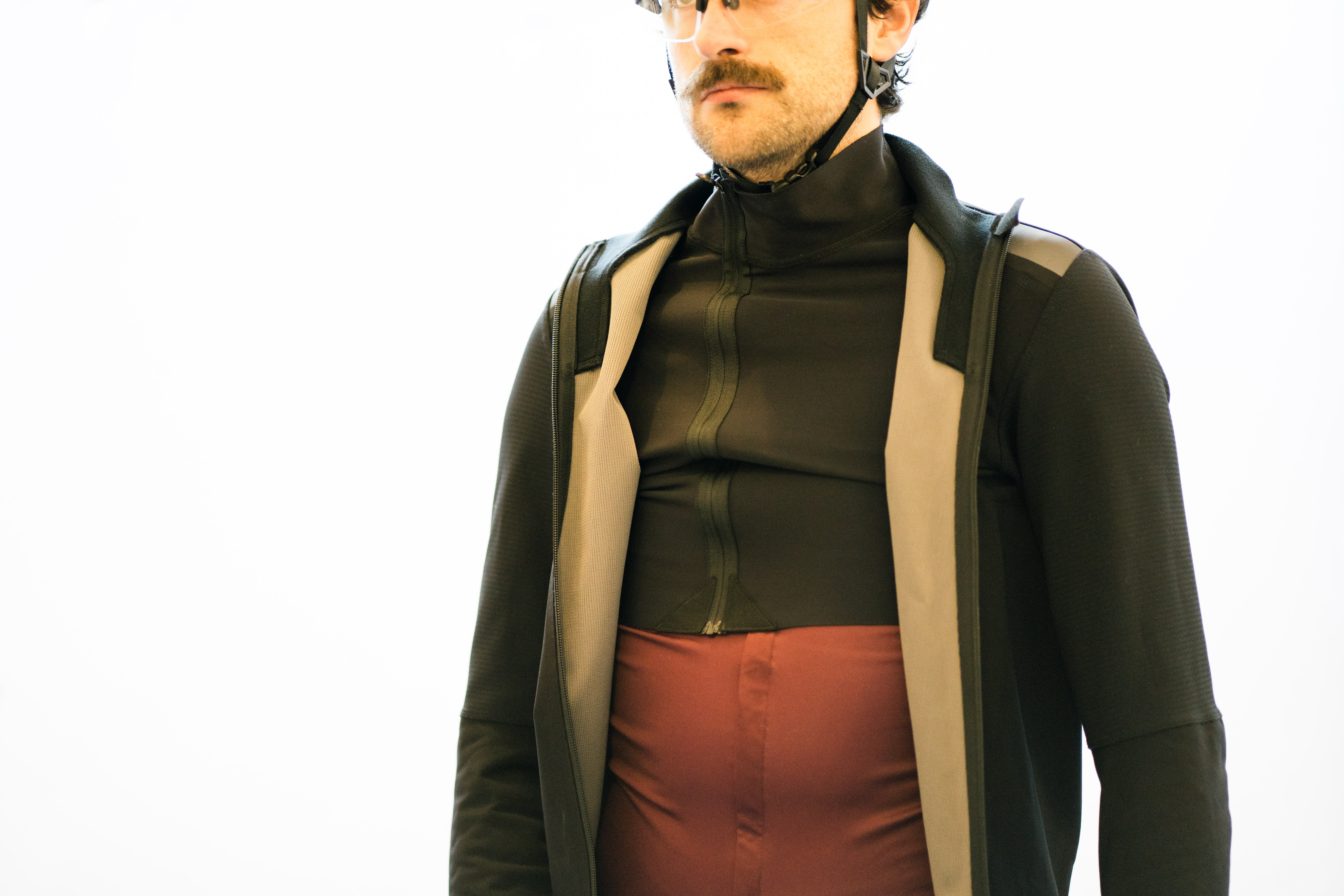
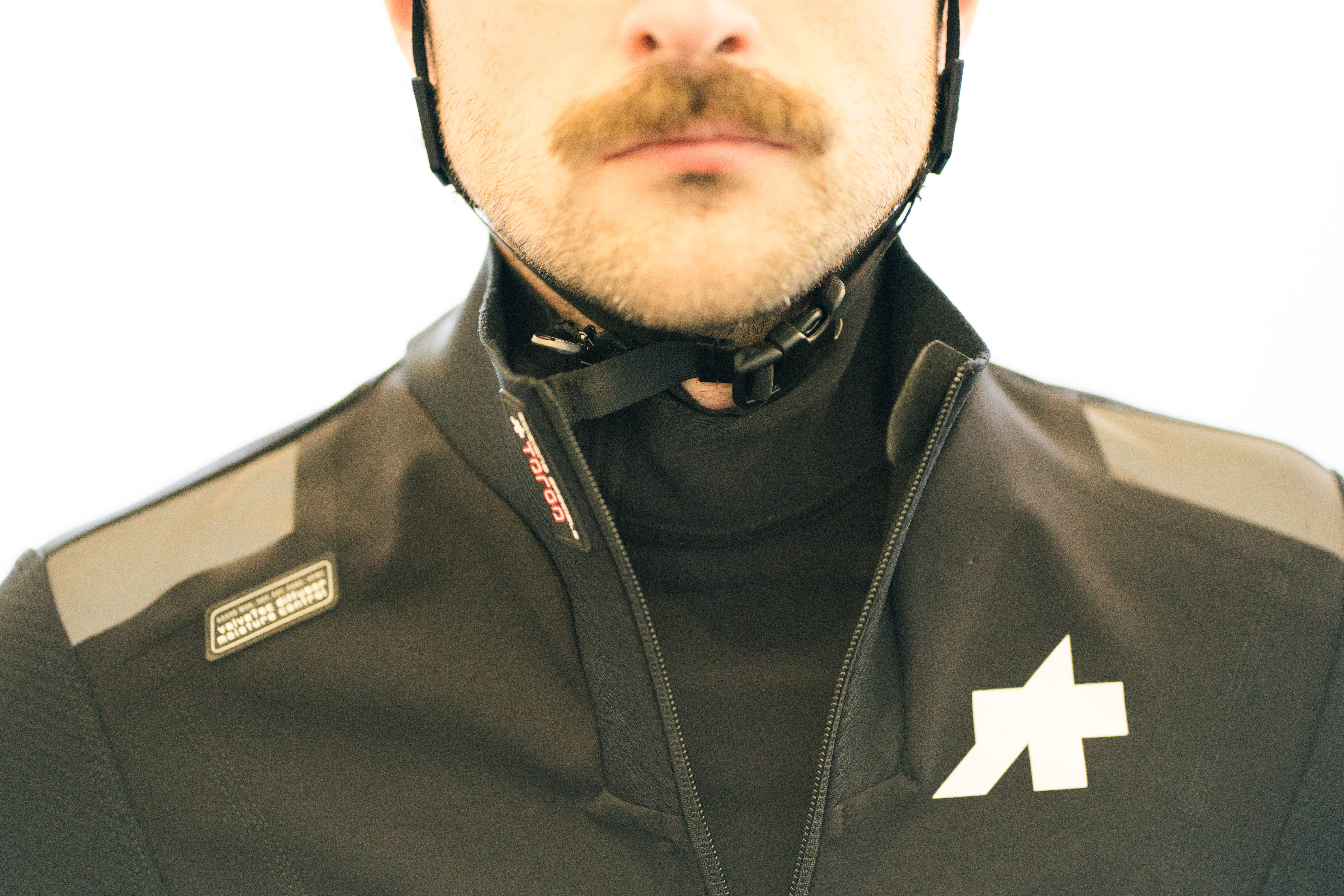
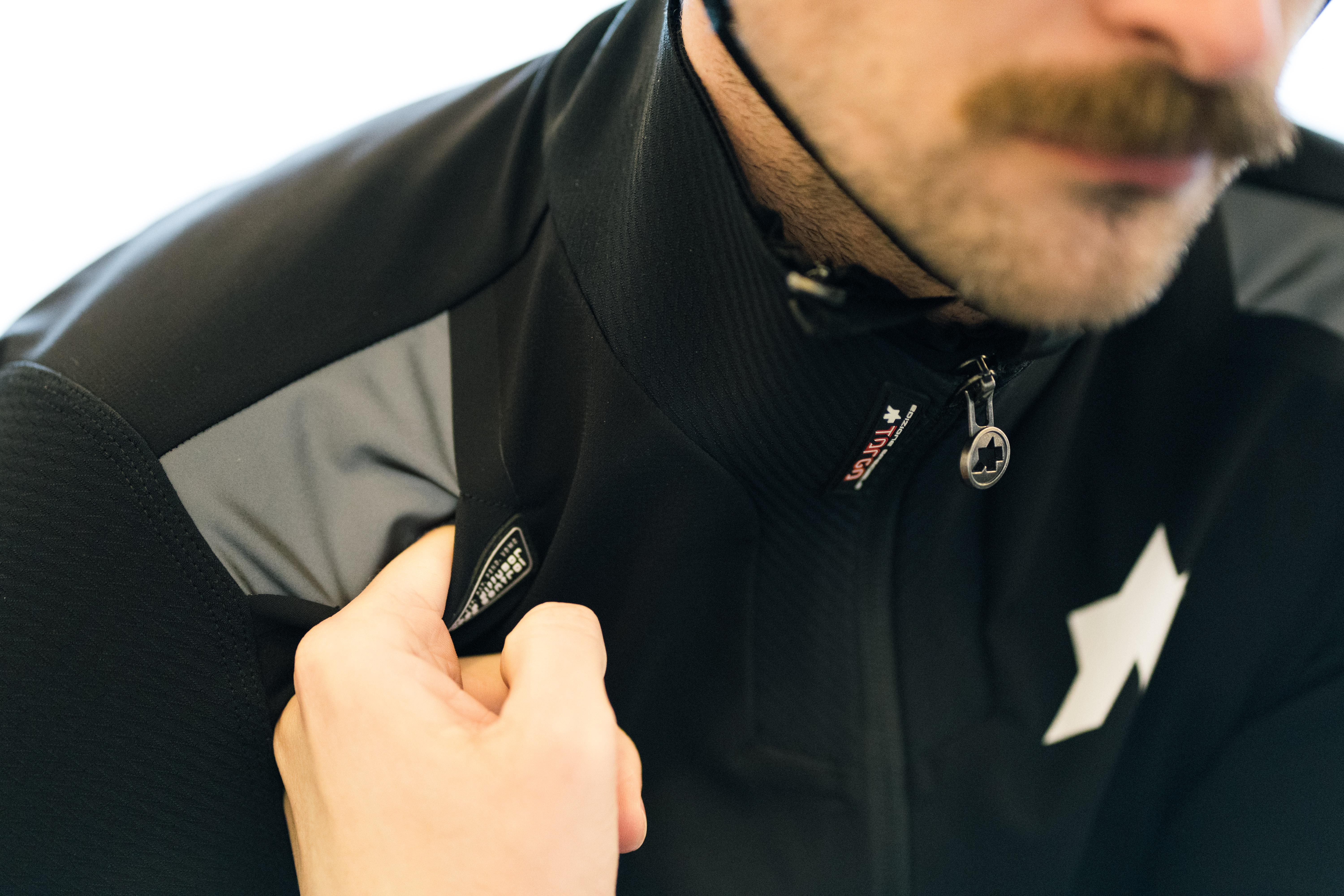
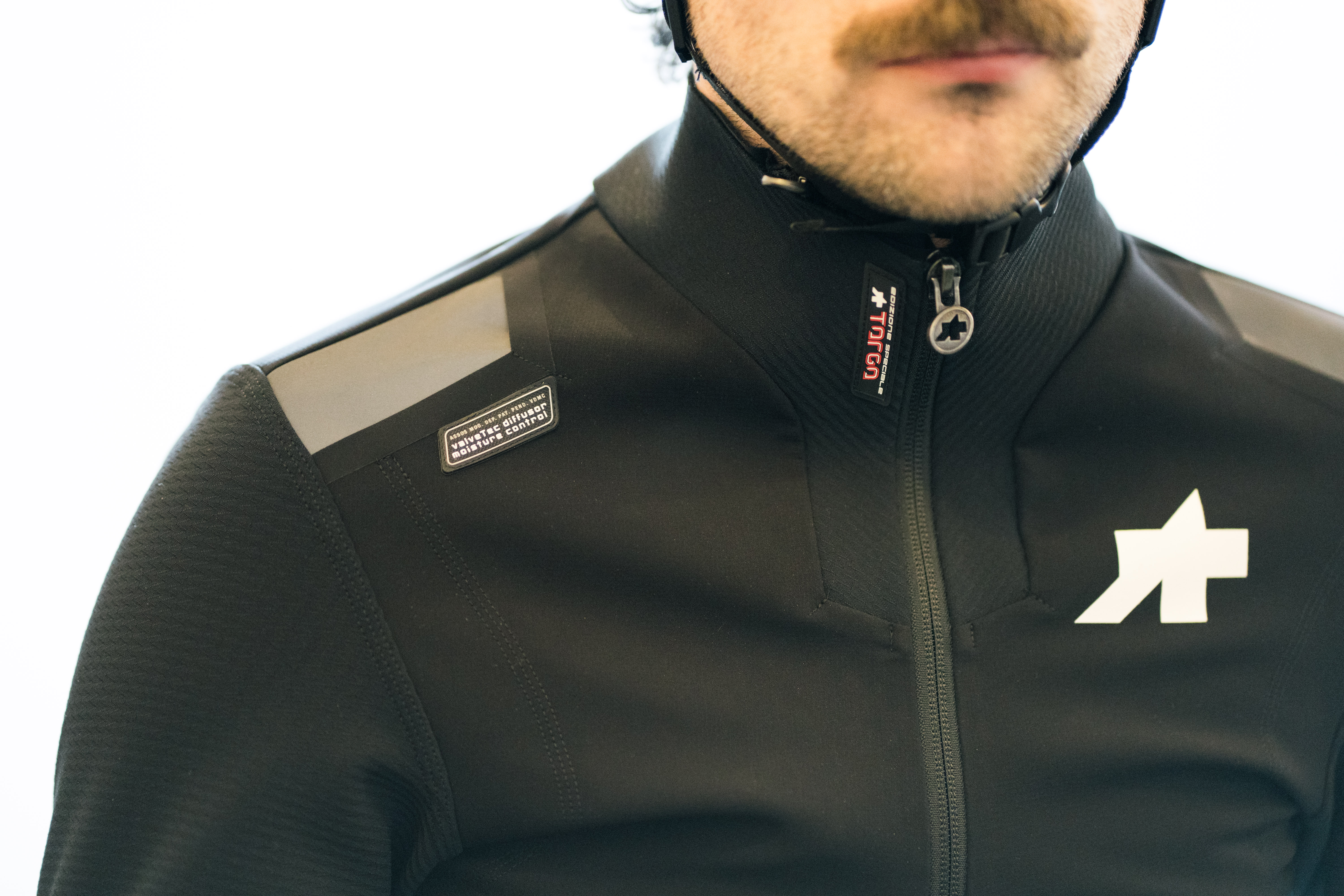
Performance
I know some of you are hoping to read that, despite the mammoth pricetag, the jacket was disappointing, but I’m afraid I am the one who will disappoint; it’s bloody marvellous. That really shouldn’t come as a shock though, should it? I’ll get into whether it can justify the price shortly, but in terms of pure, cold-weather performance I was absolutely blown away.
There is, in my eyes, no finer test of a winter jacket than my weekly hills ride. Every Wednesday a crowd of like-minded individuals gather to smash it up 13 of Bristol’s nastiest hills, and I’ve worn this jacket in anything from 4ºC down to -2ºC (39-28ºF) and every single time I have come home having not got cold even when waiting at the top and rolling to the next hill, and also absolutely bone dry.
The ability this jacket has to regulate your temperature over a range of effort levels is borderline miraculous. While the Equipe R Habu is brilliant, it is slightly more suited to higher effort outputs, but with the Equipe RS Johdah I was just as comfortable in zone two as I was after max-effort, tasting-blood sprints on repeat. I don’t know if it’s the vents specifically, but I’m sure they help eject some hot, humid air before it has a chance to condense on anything and soak you, eventually leading to the dreaded chills.
The fit isn’t quite so form-fitting as the Equipe R Habu either, and I think that slight extra layer of air helps with increasing the insulatory properties, but also as the jacket moved I’m convinced it acts as bellows, expelling air from the top. Without some thermal imaging I cannot be sure, but it certainly makes the most sense to me.
The internal half-jacket is wonderful too. I did occasionally need to open the neck of the jacket to cool myself slightly, and it was far more pleasant than having an immediate blast of ice-cold air directly onto my skin. What I would say is that with two high collars in this jacket, and a high potential that you might be wearing a high-necked base layer too - I’d wear a low-collar jersey beneath it if you need one, or things can get a little tight in the neck. The offset zip of the internal layer does help avoid irritation, but if the zip tabs were in the wrong orientation they did occasionally irritate my neck.
While it handles really high efforts unlike anything else I’ve tried with this level of warmth, it can also just keep you protected and warm at lower intensities too. The outer front fabric is stiff - not in any way uncomfortable I should add - and utterly impervious to the wind. You feel totally protected, leading to happy dissociative daydreams of riding up an Alp in the snow.
I never really used the internal jacket storage pocket to tell you the truth. The Albion Ultralight Insulated Jacket came out with me on every ride I did with this jacket, and was perfect for taking the cosy level up a notch, usually when rolling home and cooling off after hill reps, but it packs so small it never troubled me being in a pocket, and in there it’s a little more accessible.
Finally, the fit. Like the Equipe R Habu the Equipe RS Johdah feels very strange off the bike. It pulls and tugs in the wrong places, more so than any Assos garment I’ve worn, but on the bike, it all just falls into place. It’s not quite as comfortable to wear as the Equipe R Habu, though the temperature regulation is better.
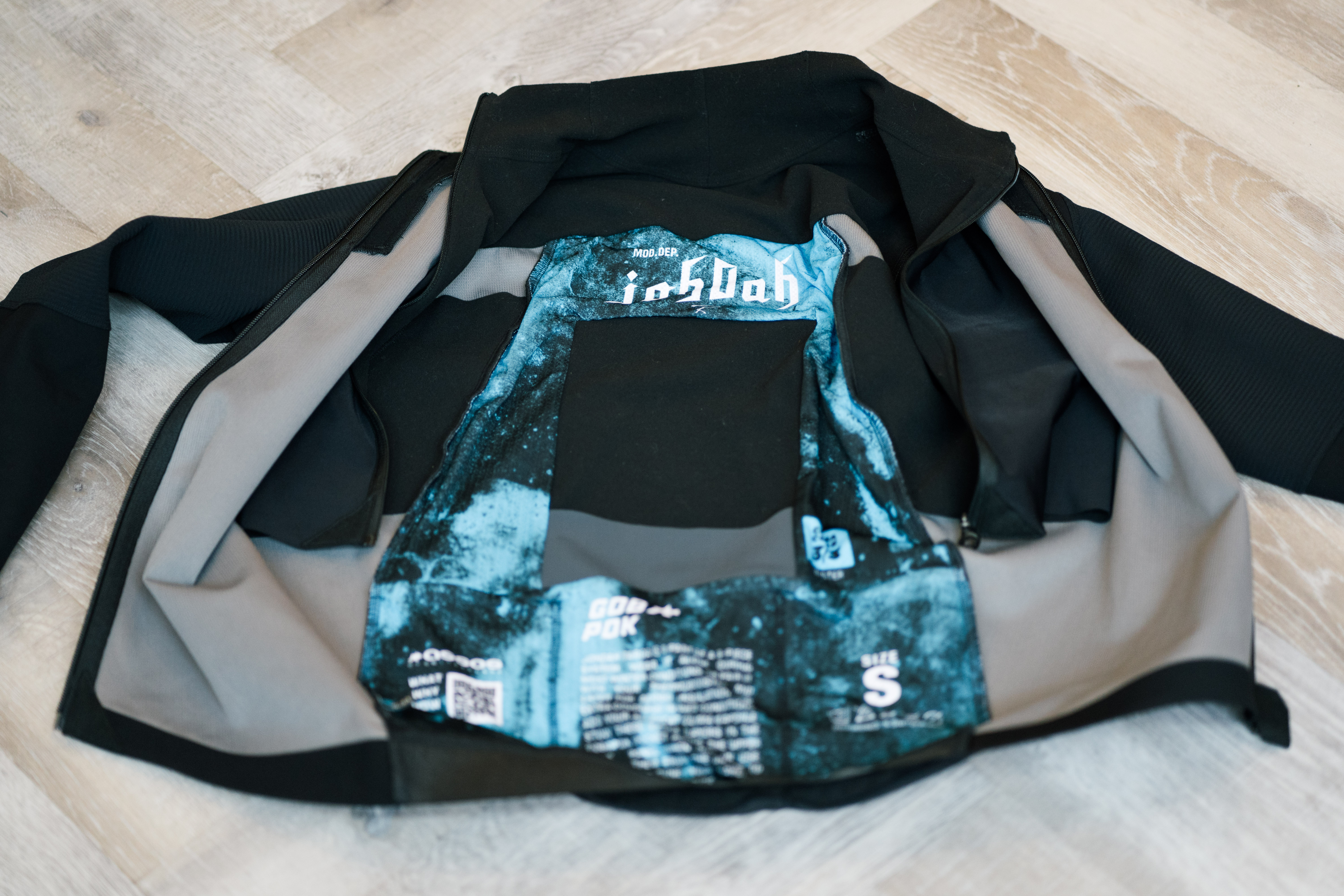
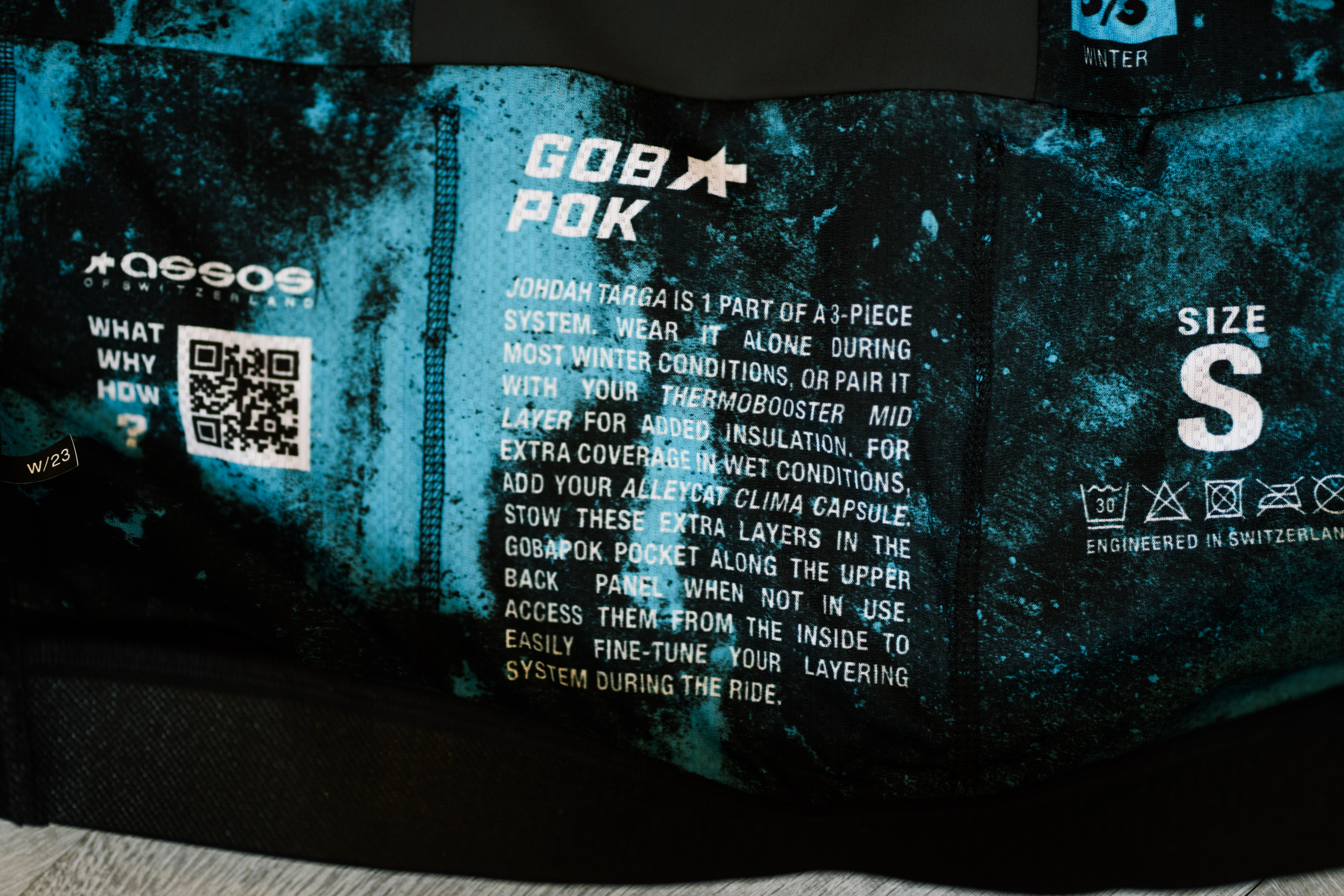
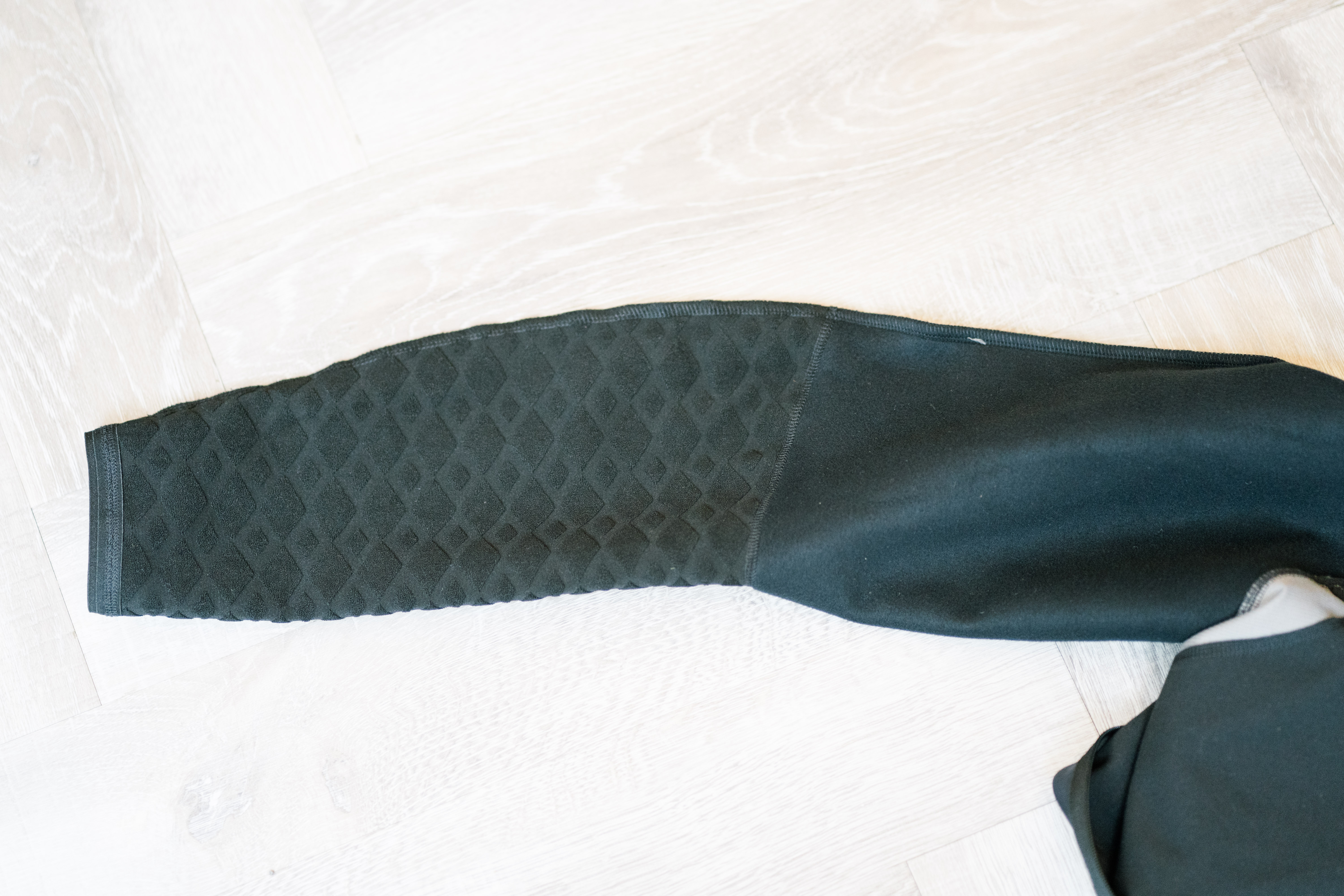
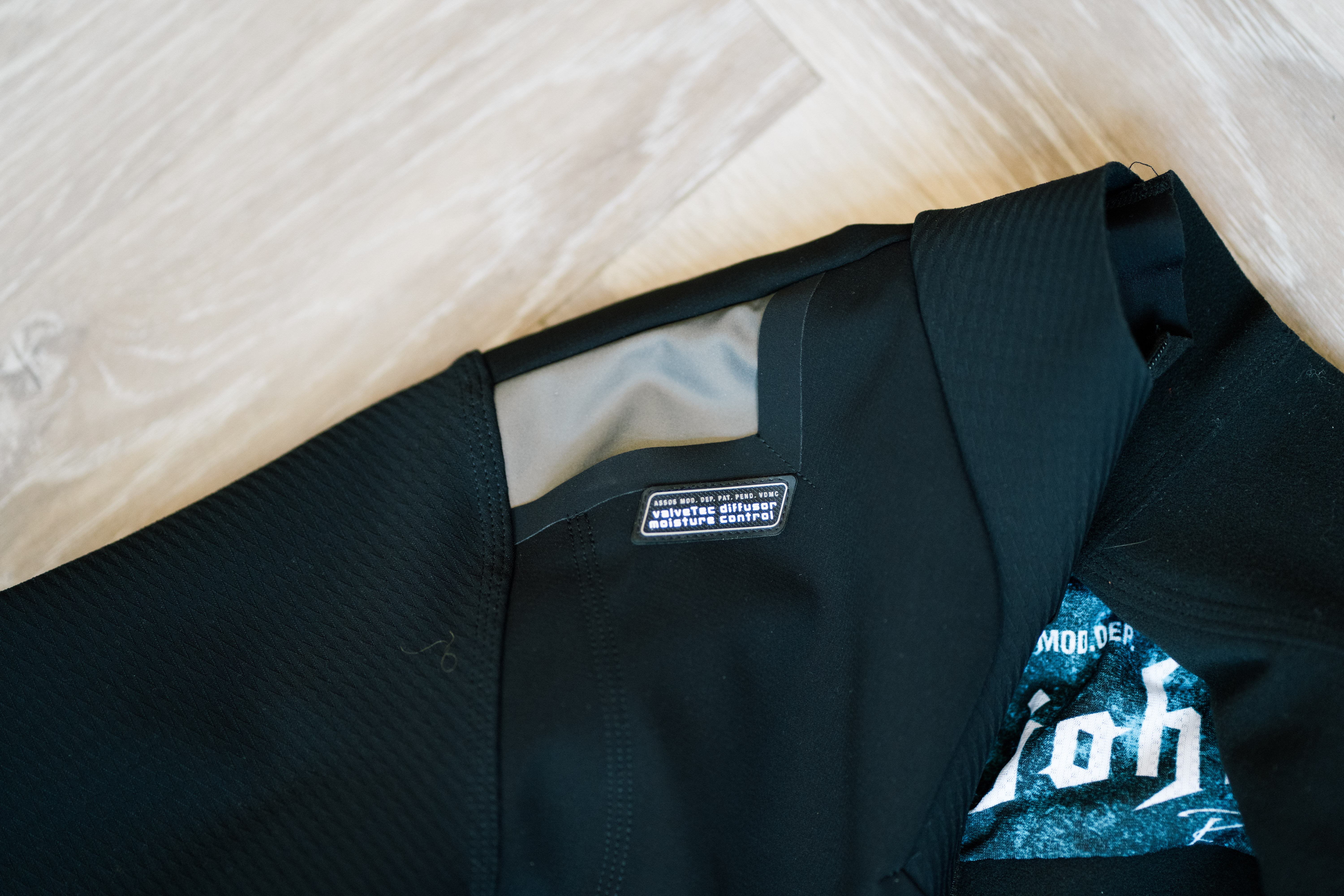
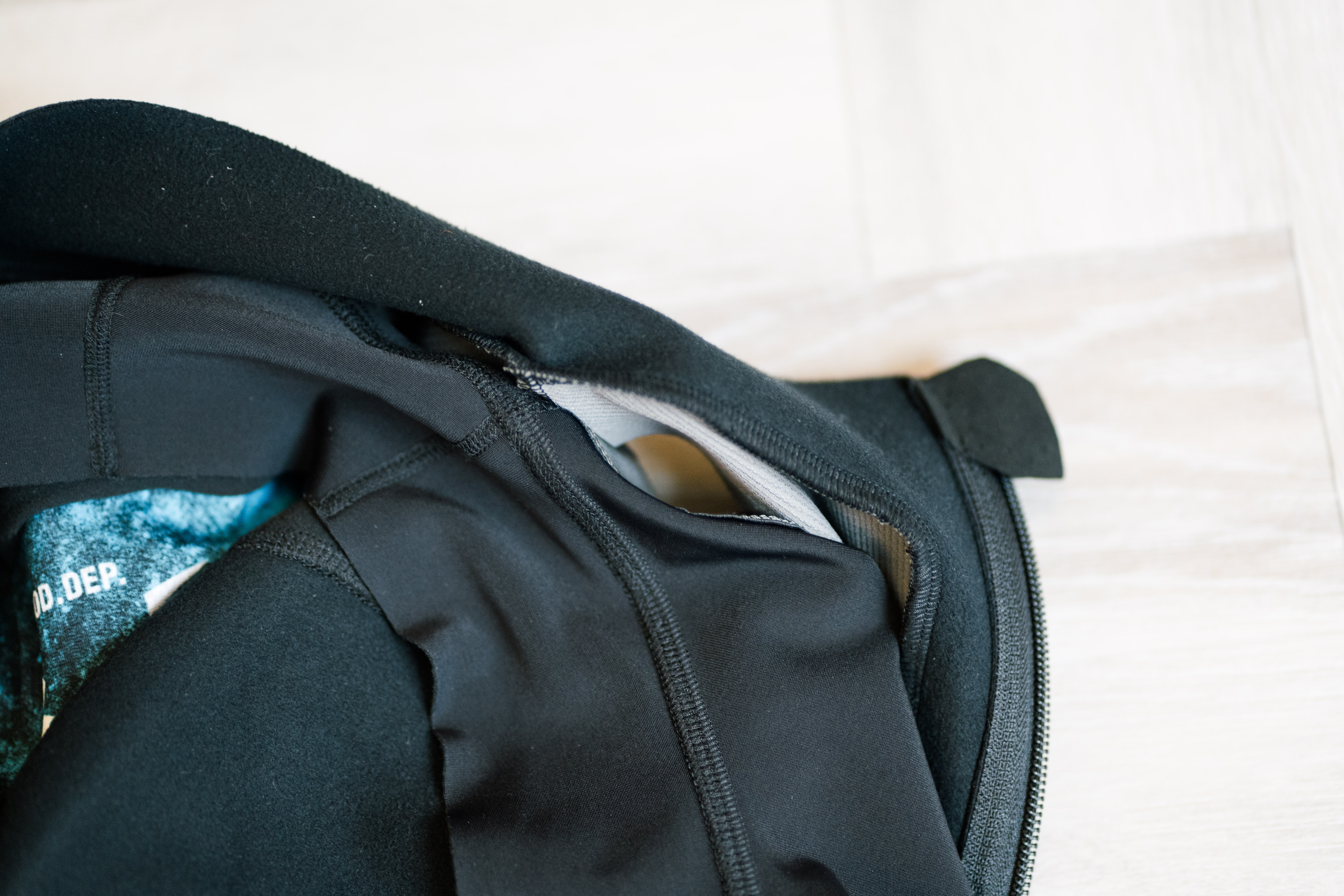
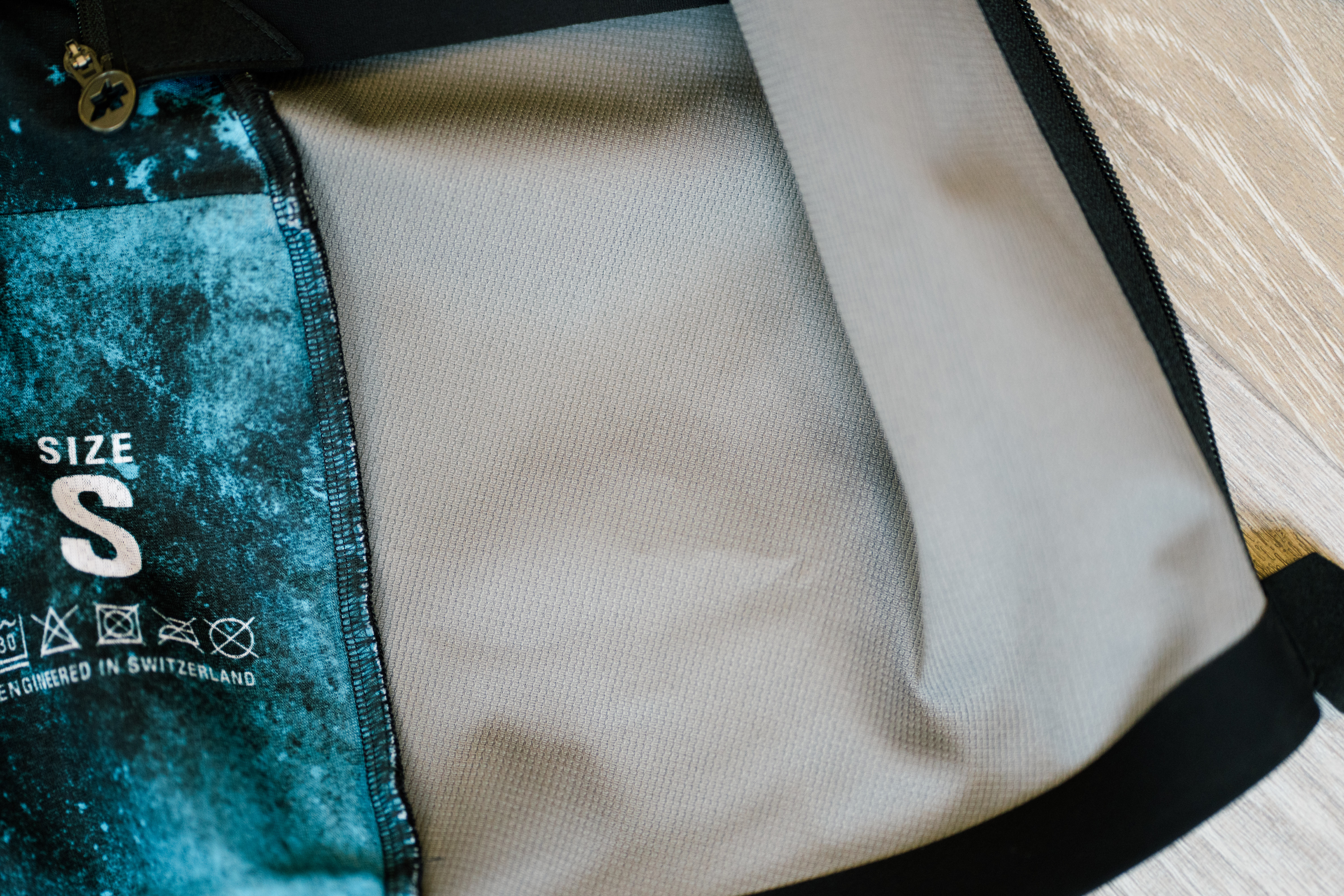
Value
This is the best winter cycling jacket, certainly among those that I have used, in terms of pure performance. I cannot in good conscience recommend you buy it though, unless dropping that amount of money on a piece of clothing is of no consequence to you. If so, fill your boots, you will not be disappointed in any way.
Realistically though, despite the sublime, segment-leading performance it’s not $350 better than the Equipe R Habu. With my consumer advice hat on, for most of you the number of rides where you’re going to get the best out of this jacket, those being below about 6ºC/43ºF, are few and far between and you’ll be pretty well covered for those conditions by many of the jackets in our buyer’s guide to the best winter cycling jackets. If I had this money to spend myself I’d buy the Equipe R Habu, and an Albion Ultralight/Maap Atmos.
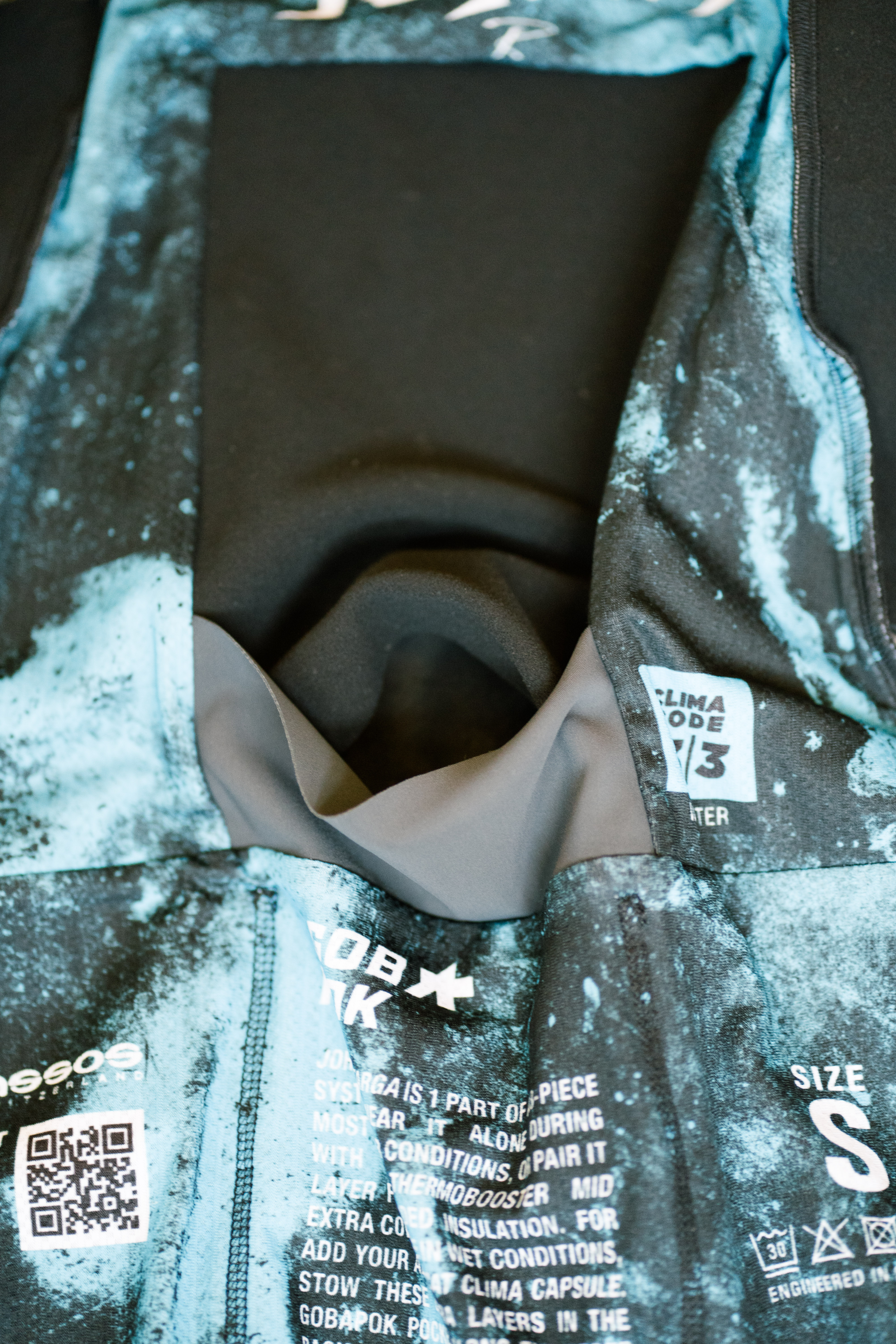
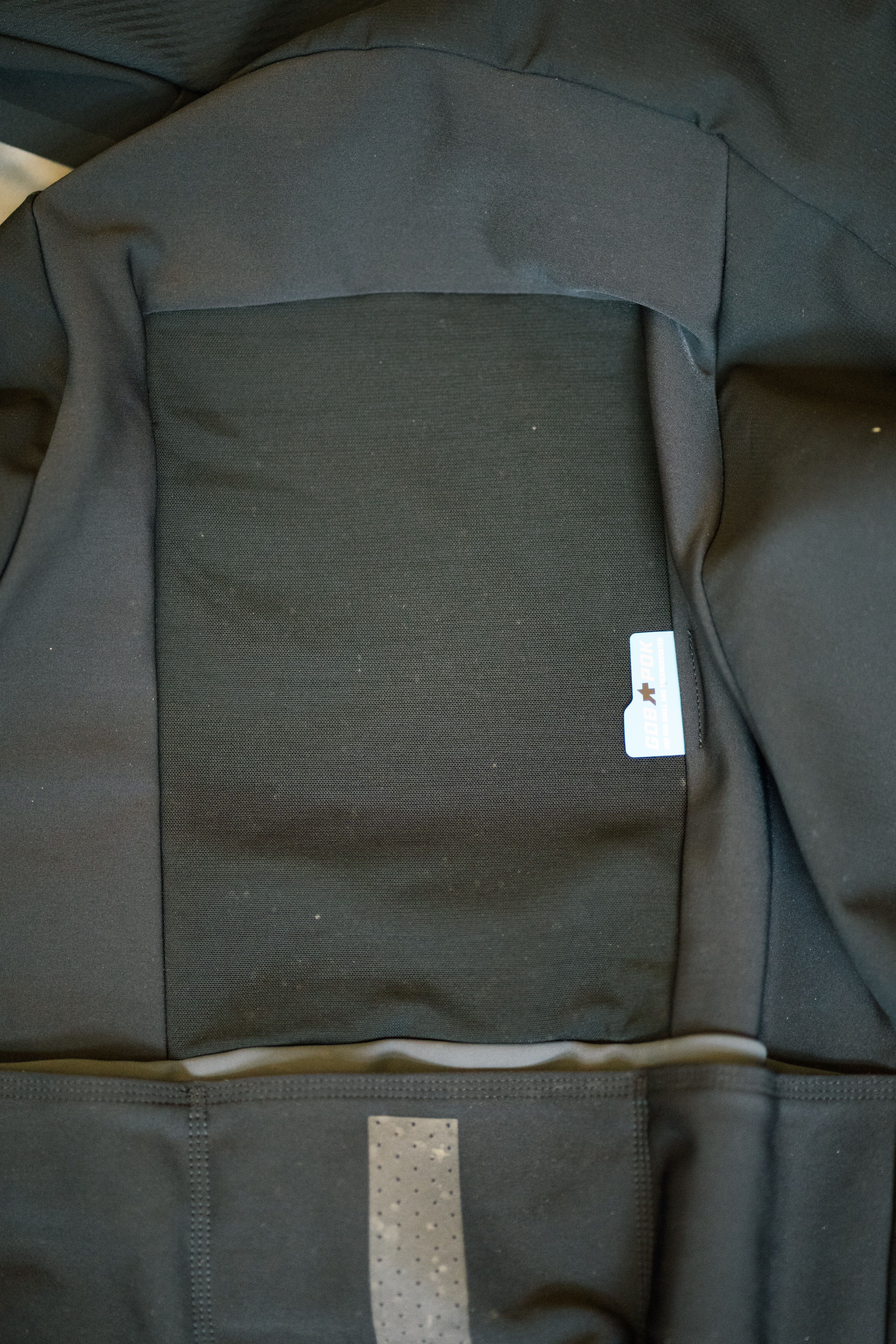
Verdict
The Assos Equipe RS Johdah Winter Jacket S9 Targa is truly a miracle of textile design and engineering. It performs like nothing else I’ve used, keeping me warm, but crucially sweat-free in absolutely freezing conditions over everything from max-effort workouts to lower-intensity rides. It’s comfortable, with a tonne of features and good pockets, with my only real gripe being it can get a bit constricted at the neck sometimes.
If you want the absolute best money can buy then here’s your jacket, it’s as simple as that, but the gulf in price between the Johdah and the Habu isn’t in line with the jump in performance; you can get quite close for less money.







